A Novel Methodology Analyzing the Influence of Micro-Stresses on Human-Centric Environments
Abstract
:1. Introduction
- The mathematical model of the human–machine interface in search engines for the implementation of a reaction to the detected object is proposed. This model is presented as a dynamic system that allows the simulation of the next state of the operator personnel.
- A computer simulator and test image generator are developed. They allow for the evaluation of stress resistance based on a micro-stress and mindfulness comparison. A sequence of images at discrete moments is generated. On the monitor screen, the operator is exposed to a sequence of test images with objects of attention of a given class, and the operator must implement the corresponding solution. The moments of their exposure and the decisions made by the operator are recorded, and their values are included in the research protocol.
2. Materials and Methods
2.1. Stress and Micro-Stresses in Operator Activity
- Anxiety reaction. The action of the stressor triggers the fight response, which activates the sympathetic nervous system, which mobilizes functional reserves to fight against stress. Typical physiological manifestations are a rapid heartbeat and breathing, dilated pupils, and trembling hands. As a result, the operator may have difficulties with orientation.
- Resistance reaction (adaptation). If it is not immediately possible to deal with stress, blood pressure rises, and the body’s resistance to extreme stimuli usually increases. The operator mobilizes the will and desire to overcome the non-standard situation. In non-standard circumstances, his mental and muscular activities are activated. If the action of the stressor at this stage stops or weakens, the changes it causes will gradually normalize.
- Recovery reaction (exhaustion). If the body can counteract stress, its resources have not yet been exhausted and recovery begins. However, being in the phase of exhaustion, a person no longer has the necessary resources; therefore, persistent exhaustion of the entire organism develops, and anxiety appears again. Manifestations of such maladaptation concern emotional, cognitive, and somatic spheres.
- Stresses that reduce our performance. According to the authors, working capacity is the amount of time and energy a person has to manage himself and all the demands he faces at work and outside of it. Generally speaking, these stresses either create additional work or make existing work more difficult. Increased employment, primary responsibility, and psychological stress also fall into this category.
- Stresses that reduce our emotional reserves are usually associated with negative feelings such as anxiety, responsibility, and discomfort.
- Stresses that challenge our identity or values. The last set of stresses is related to our personality problems, which mainly occur in collective types of work and are mostly related to incompatibility.
2.2. A Mathematical Model of the Human–Machine Interface in Search Engines
- -
- Decision-making:
- -
- Changing the state:
2.3. Tests: Concept and Requirements
3. Results
3.1. Construction of Stylized Images
3.2. A Computer Simulator as a Means for Stress Research
- To ensure an adequate information model of the management object;
- To ensure qualitative and quantitative analysis of information and decision-making;
- To form and improve the operator’s professional skills and abilities.
- Familiarization with the main elements of the simulator and its use.
- The training process is developed based on the scenario.
- The scenario should ensure that the value of the learning indicators is obtained.
- Enable the human–machine interface.
- The interface panel with a square window containing the information field and the corresponding control bodies is displayed on the entire screen of the computer monitor.
- Setting up the interface includes the following: the details of the recipient are recorded; the date and time of the experiment; address and set number; the number of test images in the set; duration of exposure time of test images; the color of the object is specified; and the information field window (square or rectangular.)
- The following results of the experiment are recorded: the start time; image number; after the image number, the time spent searching for the object of attention or missing it is indicated in this line; the number of found objects; the number of missed objects; and the total time of the experiment.
- The detection of the search object is controlled by the color of the object, according to the specified specific signs. The rectangular area of the visor, which covers the object at the moment of detection and is controlled by the “mouse” manipulator or joystick, should be twice as large as the rectangular area of coverage of the object itself.
4. Discussion
- Study and analysis of the phenomenon of stress based on modern scientific research;
- The development of a formal description of the operator’s activity in information and search systems;
- The development of specialized test images and their features in terms of the complexity and search efforts to identify objects of a given class and the creation of a computer simulator with software for providing information to the recipient, conducting the experiment itself, and recording individual results and characteristics.
- A person’s stressful conditions are analyzed during the working time. In previous research, analyses were carried out after the recipient had completed the work.
- The complexity of the image is changed during the experiment based on previous results (response time and moments of decision-making by the operator).
- The recipient in a stressful situation;
- The mean stress time;
- The minimum and maximum time value in the stress time interval.
5. Conclusions
Author Contributions
Funding
Data Availability Statement
Conflicts of Interest
References
- McEwen, B.S.; Akil, H. Revisiting the stress concept: Implications for affective disorders. J. Neurosci. 2020, 40, 12–21. [Google Scholar] [CrossRef]
- Kalnysh, V.V. Characteristics of the activity of external pilots of unmanned aviation complexes and their professionally important qualities: Theoretical and practical aspects. Ukr. J. Mil. Med. 2021, 1, 39–51. [Google Scholar]
- Barak, O.; Tsodyks, M. Mathematical models of learning and what can be learned from them. Curr. Opin. Neurobiol. 2023, 80, 102721. [Google Scholar] [CrossRef] [PubMed]
- Mintser, O.P. Modern Methods and Tools for Determining and Diagnosing Emotional Stress: Monograph; VNTU: Vinnytsia, Ukraine, 2010; 228p. [Google Scholar]
- Shevyakov, O.V. Psychological Support of Complex Systems of Activity: Training; Manual, D.P., KPI: Kyiv, Ukraine, 2017; 244p. [Google Scholar]
- Kovtunovych, M.G.; Markachev, K.E. Information stress. Psychol. Sci. Educ. 2008, 5, 83–91. [Google Scholar]
- Naugolnyk, L.B. Psychology of Stress: Textbook; Lviv State University of Internal Affairs: Lviv, Ukraine, 2015; 324p. [Google Scholar]
- Skrypachenko, T.V. Psychological features of informational stress/Collection of sciences. Proc. Probl. Mod. Psychol. 2018, 1, 153–158. [Google Scholar]
- Serdyuk, S.M. Ergonomic Issues of Designing Human-Machine Systems: Study Guide; ZNTU: Zaporizhzhia, Ukraine, 2014; 334p. [Google Scholar]
- Kalnysh, V.V.; Shvets, A.V.; Kudievsky, Y.V. Computer model of formation of information stress of operators. Med. Inform. Eng. 2009, 3, 55–60. [Google Scholar]
- Novikova, N.M. Mathematical model of the work of the human operator as an element of the intellectual control system. Her. VGU Ser. Syst. Anal. Inf. Technol. 2010, 1, 142–147. [Google Scholar]
- Kaminskyy, R.; Kryvinska, R. Simulation of Human-Operator Behavior in Solving Intellectual Problems during Control of Technological Processes in Stresses. In Proceedings of the IDDM’2020 3rd International Conference on Informatics & Data-Driven Medicine, Växjö, Sweden, 19–21 November 2020. [Google Scholar]
- Soldatov, S.V. Methodical apparatus for assessing professional stress and the impact of stress factors on personality. Bull. Natl. Univ. Def. Ukr. 2013, 4, 261–266. [Google Scholar]
- DeMenno, M.B. Environmental sustainability and financial stability: Can macroprudential stress testing measure and mitigate climate-related systemic financial risk? J. Bank. Regul. 2022, 24, 21–29. [Google Scholar] [CrossRef]
- Kopyt, A.; Zużewicz, K.; Bartuzi, P. Experimental identification of a mathematical model of human operator working under mental stress. Acta Bioeng. Biomech. 2017, 19, 177–185. [Google Scholar] [PubMed]
- Shakhovska, N. The method of Big data processing. In Proceedings of the 2017 IEEE 12th International Scientific and Technical Conference on Computer Sciences and Information Technologies (CSIT), Lviv, Ukraine, 5–8 September 2017; Volume 1, pp. 122–126. [Google Scholar]
- Iannello, P.; Mottini, A.; Tirelli, S.; Riva, S.; Antonietti, A. Ambiguity and uncertainty tolerance, need for cognition, and their association with stress. A study among Italian practicing physicians. Med. Educ. Online 2017, 22, 1270009. [Google Scholar] [CrossRef]
- Zlyvkov, V.L.; Lukomska, S.O.; Fedan, O.V. Psychodiagnostics of personality in crisis life situations; KPI: Kyiv, Ukraine, 2016; 219p. [Google Scholar]
- Androschuk, O.S. Development of computer simulators for training personnel of the State Border Service of Ukraine; Bulletin of the National Academy of the State Border Service of Ukraine: Kyiv, Ukraine, 2014; 312p. [Google Scholar]
- Kralikova, R. Human-machine-environment system analyses and impact of environment factors to productivity and health of employees. In Proceedings of the 30th DAAAM International Symposium, Vienna, Austria, 28–29 October 2021; pp. 131–138. [Google Scholar] [CrossRef]
- Fracaro, S.G.; Glassey, J.; Bernaerts, K.; Wilk, M. Immersive technologies for the training of operators in the process industry: A Systematic Literature Review. Comput. Chem. Eng. 2022, 160, 107691. [Google Scholar] [CrossRef]
- Landers, R.N.; Armstrong, M.B.; Collmus, A.B.; Mujcic, S.; Blaik, J. Theory-driven game-based assessment of general cognitive ability: Design theory, measurement, prediction of performance, and test fairness. J. Appl. Psychol. 2022, 107, 1655. [Google Scholar] [CrossRef]
- Landers, R.N.; Sanchez, D.R. Game-based, gamified, and gamefully designed assessments for employee selection: Definitions, distinctions, design, and validation. Int. J. Sel. Assess. 2022, 30, 1–13. [Google Scholar] [CrossRef]
- Tay, L.; Woo, S.E.; Hickman, L.; Booth, B.M.; D’Mello, S. A conceptual framework for investigating and mitigating machine-learning measurement bias (MLMB) in psychological assessment. Adv. Methods Pract. Psychol. Sci. 2022, 5, 25152459211061337. [Google Scholar] [CrossRef]
- Walambe, R.; Nayak, P.; Bhardwaj, A.; Kotecha, K. Employing multimodal machine learning for stress detection. J. Healthc. Eng. 2021, 20, 9356452. [Google Scholar] [CrossRef] [PubMed]
- Tubío-Fungueiriño, M.; Cernadas, E.; Gonçalves, O.F.; Segalas, C.; Bertolín, S.; Mar-Barrutia, L.; Real, E.; Fernández-Delgado, M.; Menchón, J.M.; Carvalho, S.; et al. Viability study of machine learning-based prediction of covid-19 pandemic impact in obsessive-compulsive disorder patients. Front. Neuroinform. 2022, 16, 807584. [Google Scholar] [CrossRef]
- Andersson, E. A self-stabilizing and parameter-optimized deep learning model for predicting mental health disorder. Int. J. Intell. Eng. Syst. 2022, 15, 552–562. [Google Scholar]
- Fatima, I.; Abbasi, B.U.D.; Khan, S.; Al-Saeed, M.; Ahmad, H.F.; Mumtaz, R. Prediction of postpartum depression using machine learning techniques from social media text. Expert Syst. 2019, 36, 9–23. [Google Scholar] [CrossRef]
- Alqhtani, M.; Saad, K.M.; Shah, R.; Hamanah, W.M. Discovering novel soliton solutions for (3+1)-modified fractional Zakharov–Kuznetsov equation in electrical engineering through an analytical approach. Opt. Quantum Electron. 2023, 55, 1149. [Google Scholar] [CrossRef]
- Alshehry, A.S.; Yasmin, H.; Shah, R.; Ullah, R.; Khan, A. Fractional-order modeling: Analysis of foam drainage and Fisher’s equations. Open Phys. 2023, 21, 20230115. [Google Scholar] [CrossRef]
- Chamoli, S.; Joshi, A.; Rana, S.; Bhattacharaya, S.; Gupta, A.; Ghansela, S.; Thianpong, C.; Eiamsa-Ard, S. Numerical Methodology to Reduce the Drag and Control Flow around a Cam-Shaped Cylinder Integrated with Backward Splitter Plate. Computation 2023, 11, 196. [Google Scholar] [CrossRef]
- Xiao, Z.; Xing, H.; Zhao, B.; Qu, R. Deep Contrastive Representation Learning with Self-Distillation. In IEEE Transactions on Emerging Topics in Computational Intelligence; IEEE: New York, NY, USA, 2023. [Google Scholar]
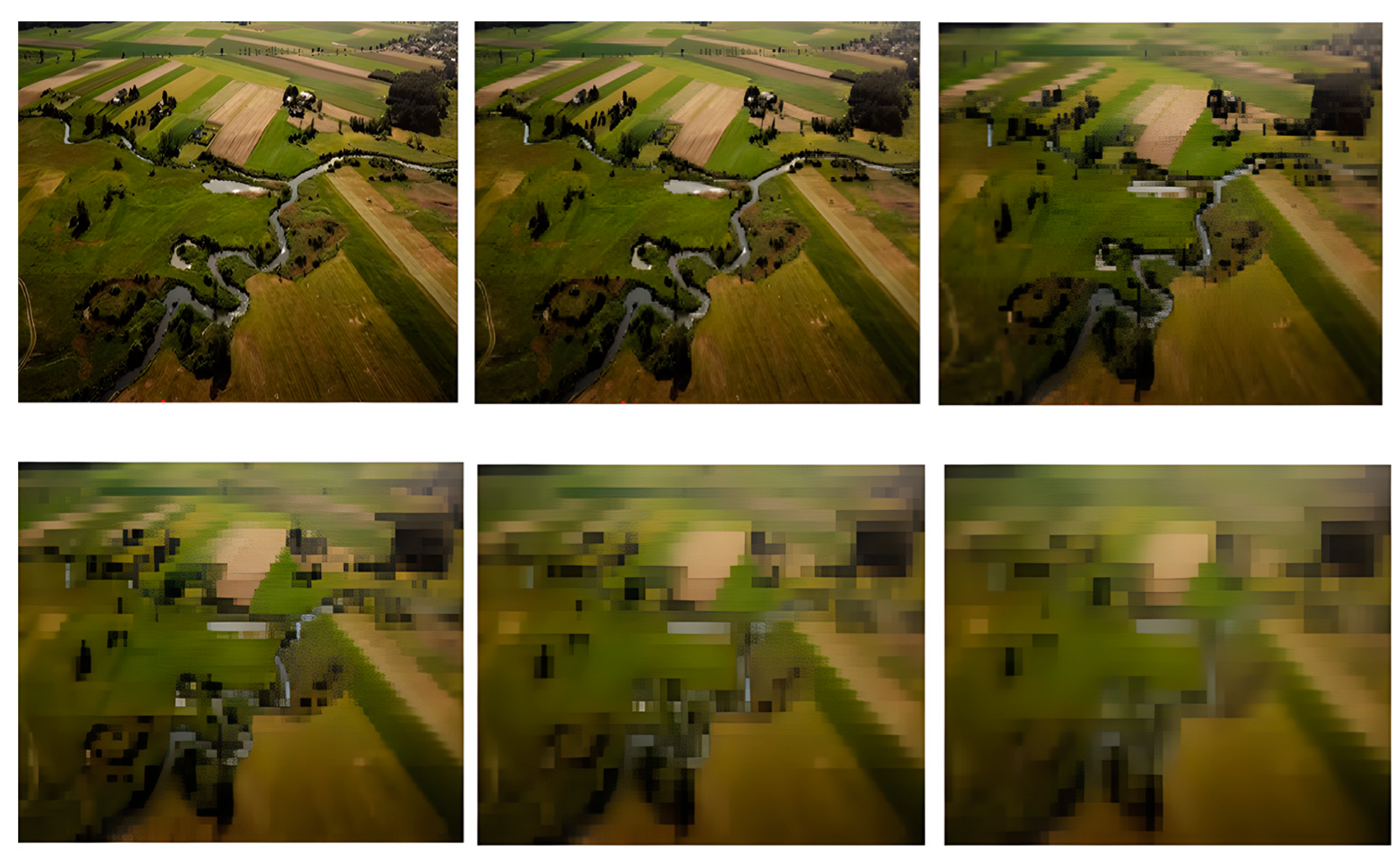

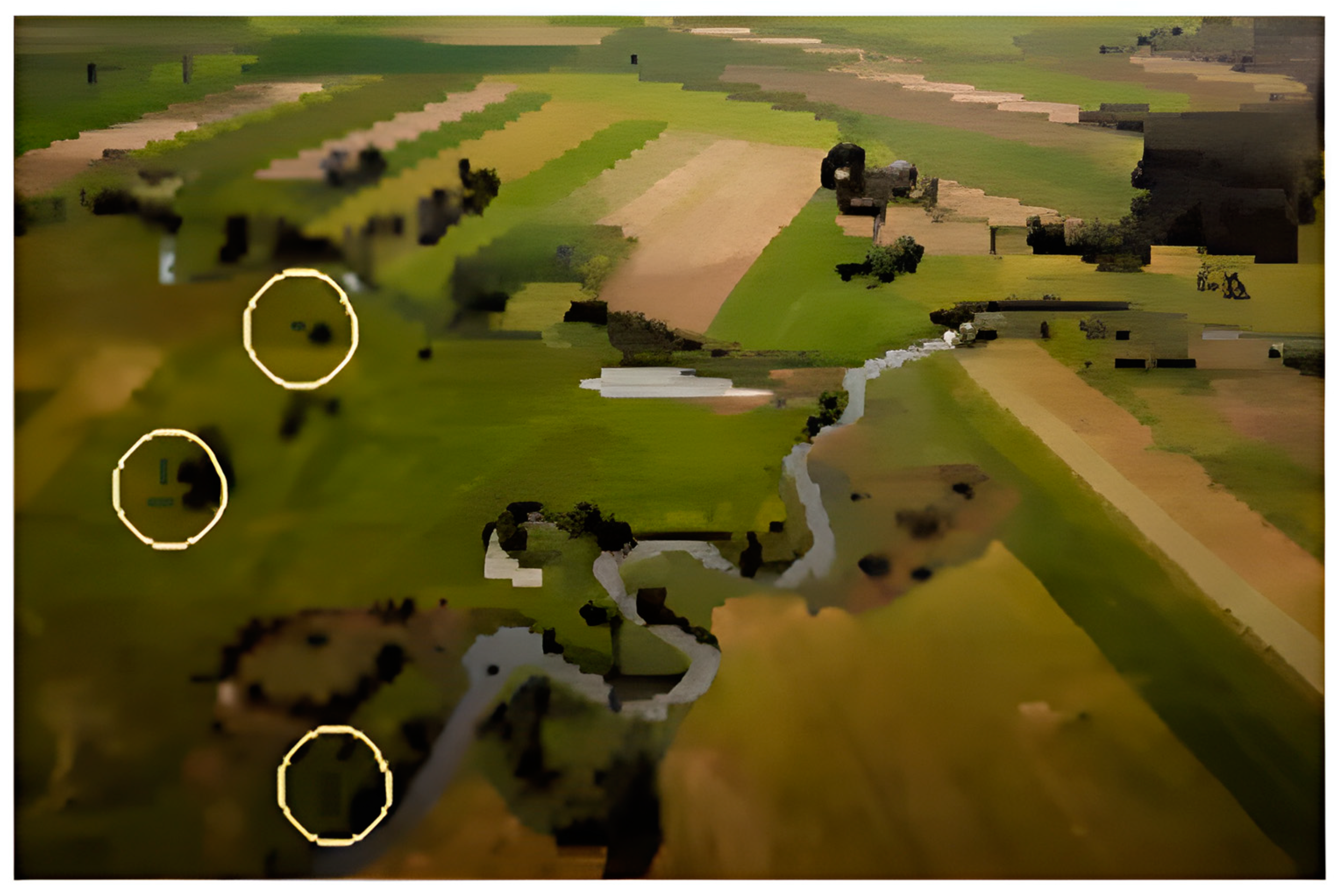
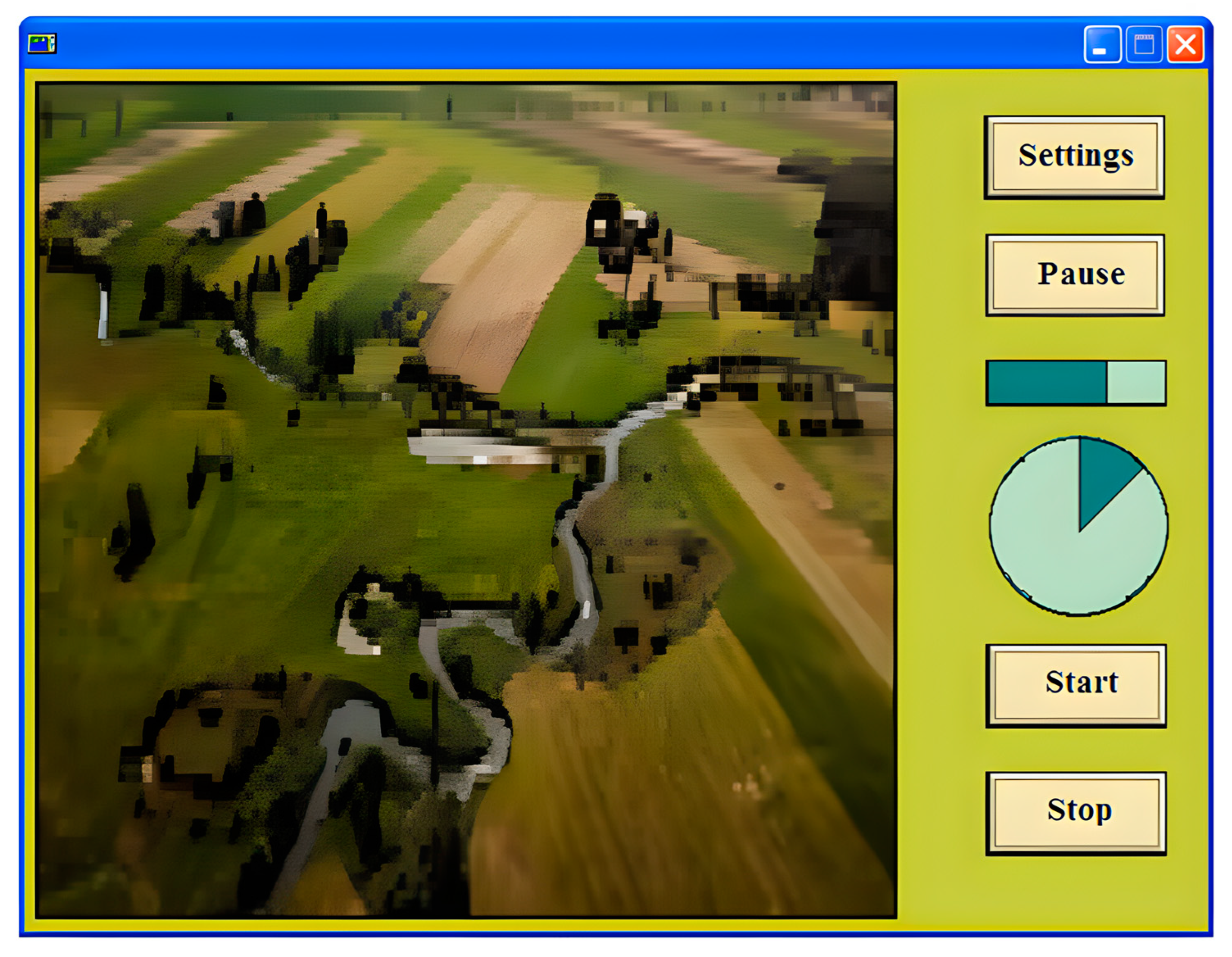
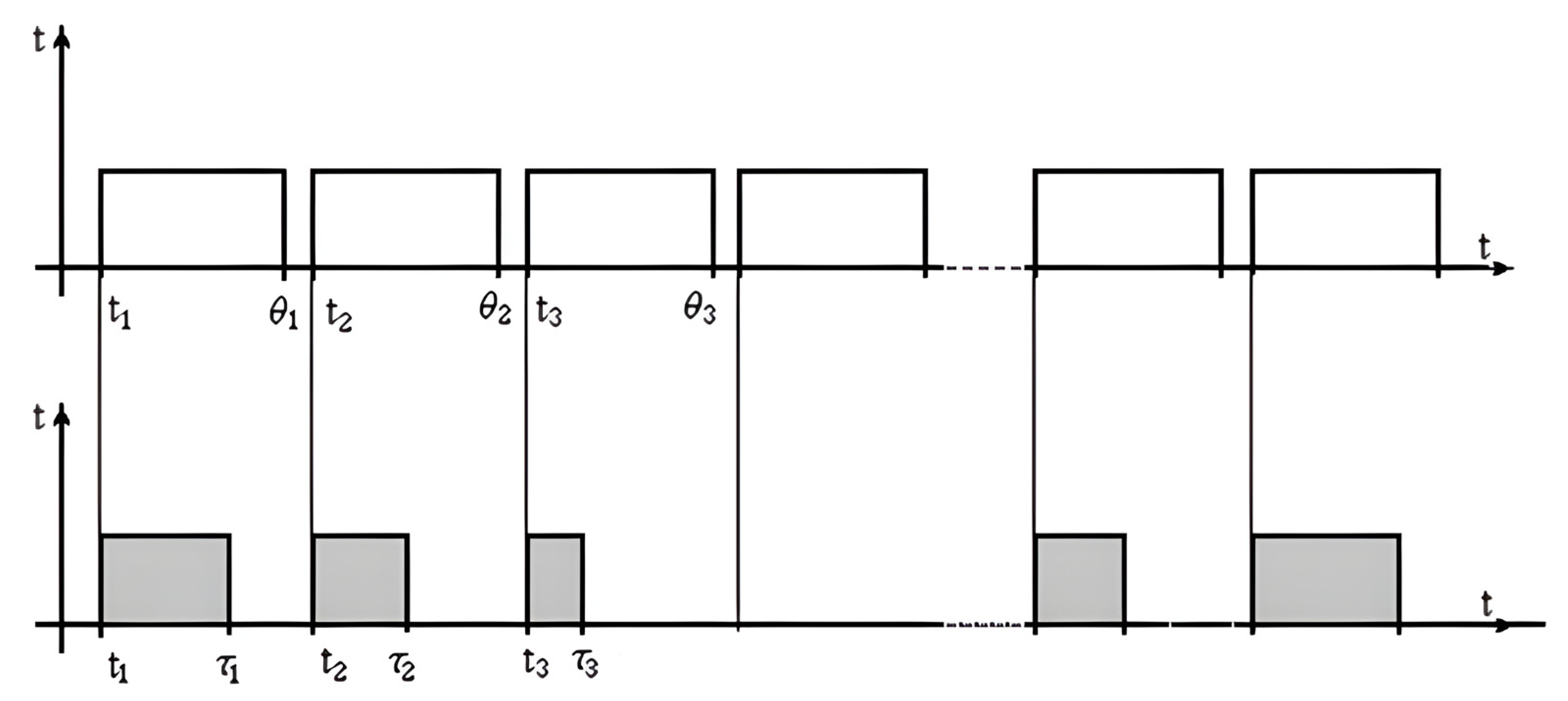
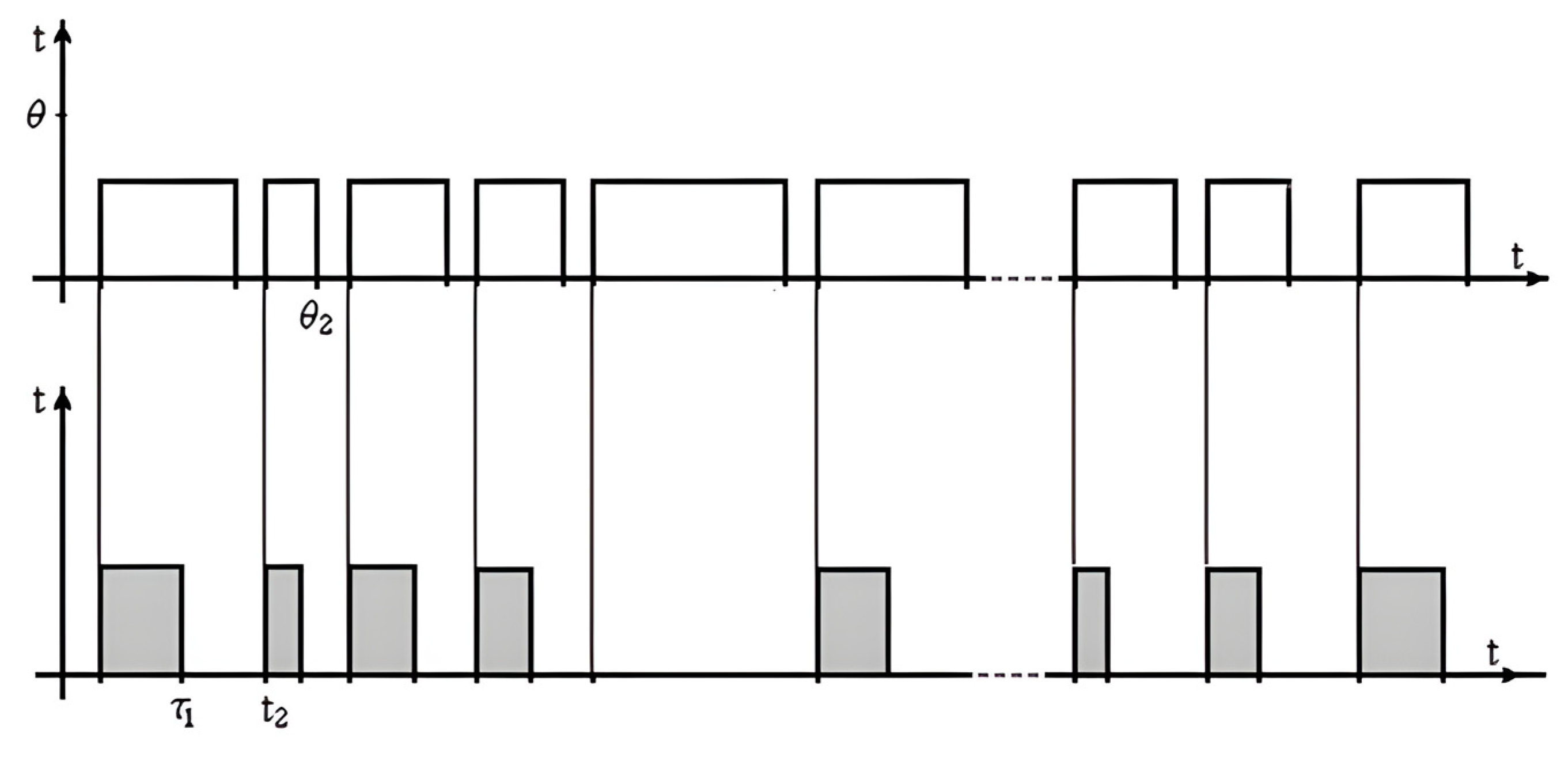
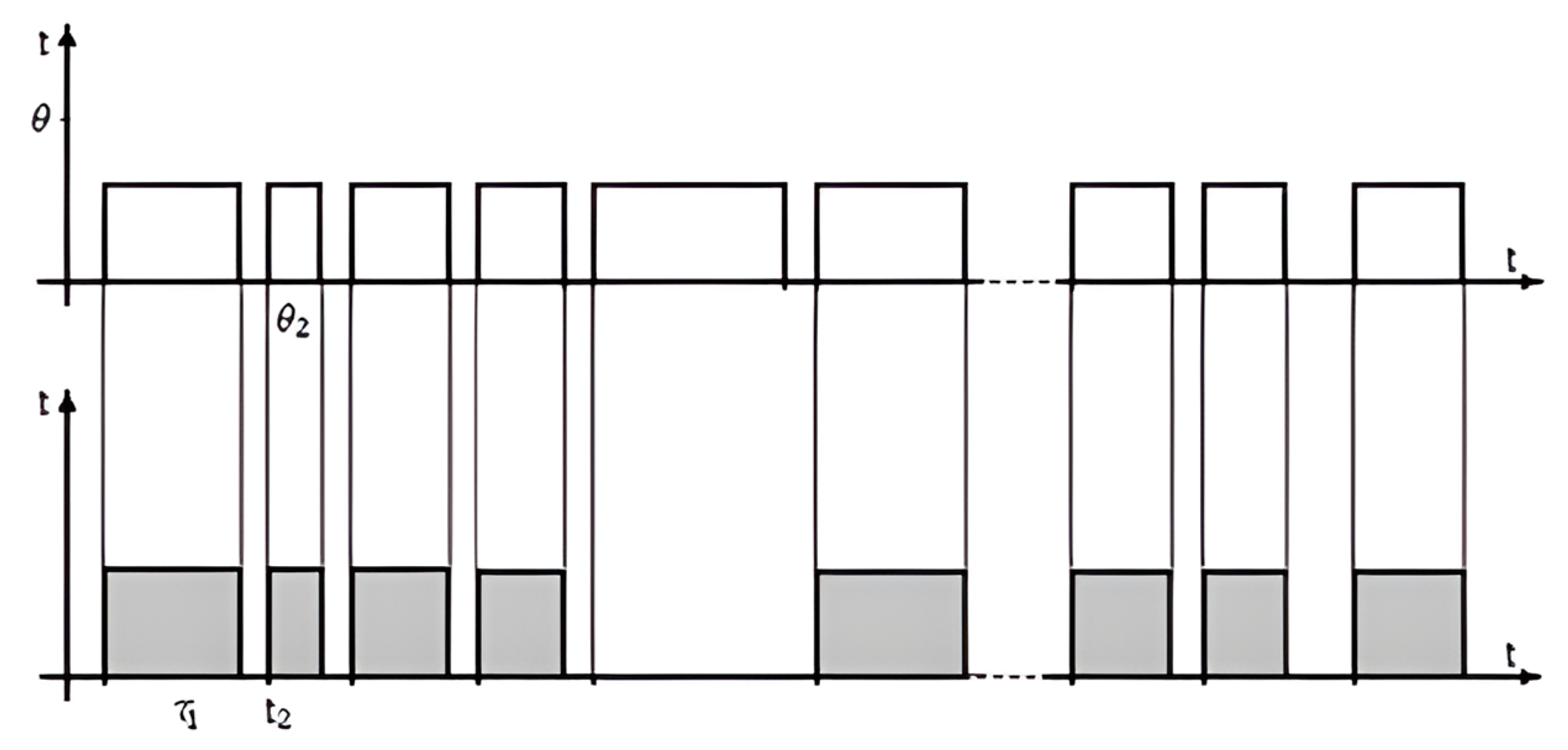
Disclaimer/Publisher’s Note: The statements, opinions and data contained in all publications are solely those of the individual author(s) and contributor(s) and not of MDPI and/or the editor(s). MDPI and/or the editor(s) disclaim responsibility for any injury to people or property resulting from any ideas, methods, instructions or products referred to in the content. |
© 2023 by the authors. Licensee MDPI, Basel, Switzerland. This article is an open access article distributed under the terms and conditions of the Creative Commons Attribution (CC BY) license (https://creativecommons.org/licenses/by/4.0/).
Share and Cite
Shakhovska, N.; Kaminskyy, R.; Khudoba, B.; Mykhailyshyn, V.; Helzhynskyi, I. A Novel Methodology Analyzing the Influence of Micro-Stresses on Human-Centric Environments. Computation 2023, 11, 224. https://doi.org/10.3390/computation11110224
Shakhovska N, Kaminskyy R, Khudoba B, Mykhailyshyn V, Helzhynskyi I. A Novel Methodology Analyzing the Influence of Micro-Stresses on Human-Centric Environments. Computation. 2023; 11(11):224. https://doi.org/10.3390/computation11110224
Chicago/Turabian StyleShakhovska, Nataliya, Roman Kaminskyy, Bohdan Khudoba, Vladyslav Mykhailyshyn, and Ihor Helzhynskyi. 2023. "A Novel Methodology Analyzing the Influence of Micro-Stresses on Human-Centric Environments" Computation 11, no. 11: 224. https://doi.org/10.3390/computation11110224
APA StyleShakhovska, N., Kaminskyy, R., Khudoba, B., Mykhailyshyn, V., & Helzhynskyi, I. (2023). A Novel Methodology Analyzing the Influence of Micro-Stresses on Human-Centric Environments. Computation, 11(11), 224. https://doi.org/10.3390/computation11110224






